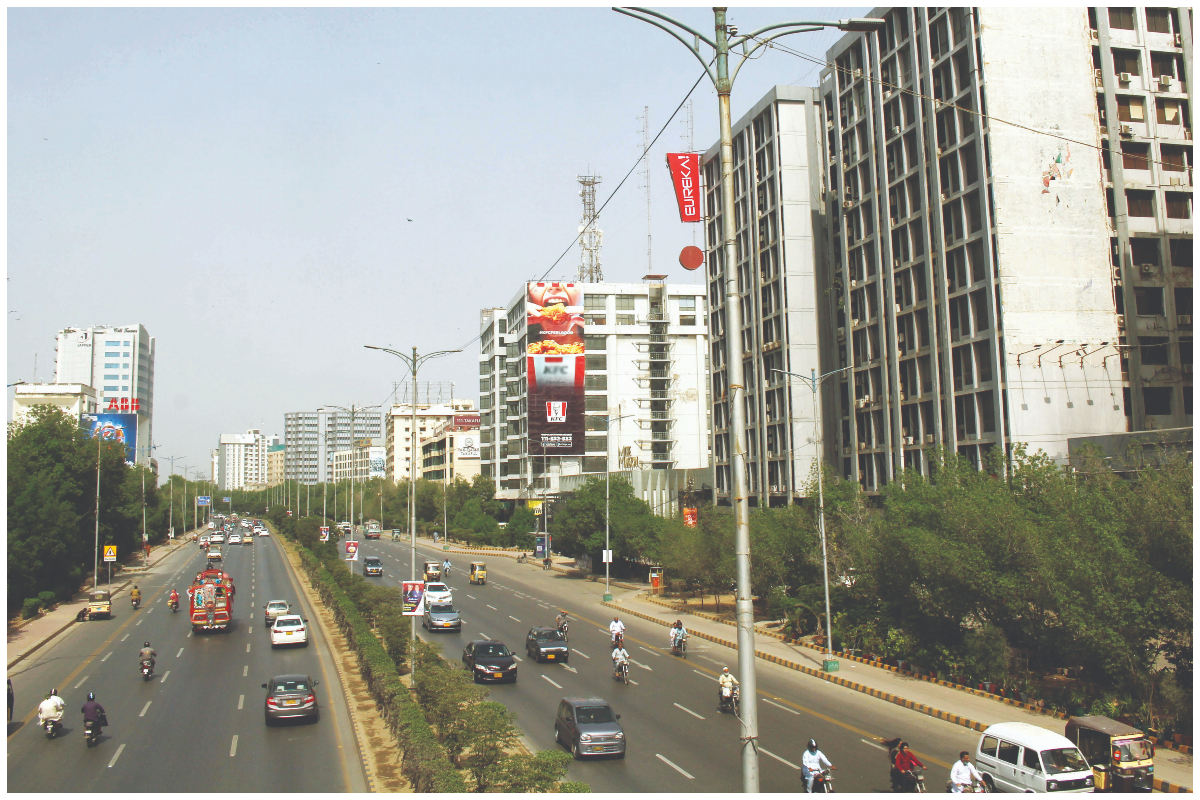
Are planners pro-poor or pro-elite?
No input from people in building costly, anti-poor mega projects
Observing Karachi’s mega projects for the last twenty years or so, it came out that the majority of stakeholders are not satisfied with them.
Interestingly, the institutional donors who funded these projects, the implementing bodies and the respective political setups under whose tenure such projects are either initiated or completed, have their own reasons to celebrate such mega projects as a success story.
The typology of such urban development projects includes entertainment enterprises, transport and commutation-related projects and service provision improvement interventions. This article relates to the projects of public spaces and how they could be made more usable for communities at large.
By borrowing the vocabulary of the neo-liberal economy, Karachi Strategic Development Plan (KSDP) 2020 set the strategic direction of planning; making Karachi a world-class city. It also aimed to achieve city planning through Public-Private Partnerships.
As a result of this proposed direction, development intervention became more a matter of the availability of money rather than the need of the residents of a neighbourhood. With the approval of the cash-starved political setup, the institutional donors with bags full of money dictated how public space could be organised or reorganised with the new normal in the development discourse.
The setting up of development principles, their propagation and establishing consensus on those are the prime tasks of city planners. Without such principles, any development intervention will not fit into the larger scheme of pro-people development planning. Respect for ecology and heritage are a few principles mentioned among many.

Since such projects are not part of any comprehensive, consultative and participatory exercise of the planning of the city, their relevance to the city always remains a question mark. The situation gets further complicated when the availability of the funds is made first and the decision on the projects later. It then becomes a mere exercise for the justification of the donor-imposed project and a retrofitting of the need identification. Hence, it does more harm than good.
Needless to add that such projects have huge impacts on the social life of communities which often are not documented. Such development of any piece of land results in the gentrification of the neighbourhoods and the sleeping developers wait to convert the area into a high-density zone, a majority of the time by displacing indigenous communities.
Despite high claims and considerable efforts, such development interventions remain gender insensitive. Women usually use those places with a psychological distance, limited involvement and above all under the male gaze. This happens more when they are without a male “escort”. Inclusiveness, hence, remains a distant dream. Any conversion of public space into a semi-public sphere is required to keep that important factor in mind.
Transport and commutation-related infrastructure projects divided the earlier integrated neighbourhoods and made inter-neighbourhood access difficult, time-consuming and costly. The Shahrah –e Faisal Corridor and Shahrah-e-Pakistan corridors are glaring examples of such ill-planned ventures. In both cases, people have to spend considerable amounts of money and effort to go across the neighbourhood, which earlier was not the case. A little design modification would have turned the table around.
Organising and reorganising the public place is the prerogative of local representatives. It appears that public consultation is not the domain of implementing development ventures.
Discussions with urban planners, development experts and academics highlight that there exists a serious capacity challenge within the staff of the implementing unit vis-à-vis the idea of inclusiveness of the relevant stakeholders. Lack of understanding of participatory development methods, limited coordination amongst various development agencies, and the image of public sector jobs as lucrative ventures are a few worth mentioning constraints of a long list of constraints. What type of mechanisms are required to remove those constraints is another topic to be discussed in detail.
The imagery as followed by the decision makers is also worth mentioning here. Whenever they perceive a project they usually talk about the areas of the developed world. In political diction as well, it was often mentioned that “we will make Karachi like either Paris or Dubai”, by various political actors. Hence the proposed design and the final output results in the limited usage and utility of the project itself. To add salt to the wound such projects often ignore the pre-project practices of land use of the local communities. It also makes such projects capital-intensive and anti-poor in their operations and usage.
The historicity, the historic functions and the heritage of the area need to be guarded against market functions and functionaries through relevant laws and functional monitoring mechanisms. Making PC-I public at the very start of the project would help the donors, the implementing units and the political representatives to develop consensus around the proposed development intervention and any change in land use.
The planners have the opportunity to tilt the balance of planned investments in favour of the low-income group through wider consultations, active participation of concerned interest groups, pro-active need identification and not-so-capital intensive projects. Will they do it or not remains a query to be pursued as the majority of the new breed of planners are academically not trained for that.
So, a revisit to the institutions churning out urban planners and decision-makers is necessary to check their ideological tilt: pro-poor or pro-elite or (to make the situation worse), unconcerned. If those could be taken care of, the financing by the institutional donors will be well spent and the efforts of the political actors will be well praised.
photos: athar khan/Bol News
Catch all the Urban Insight News, Breaking News Event and Latest News Updates on The BOL News
Download The BOL News App to get the Daily News Update & Live News.





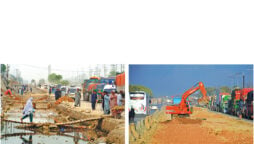

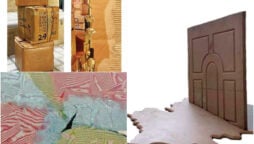
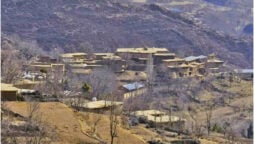

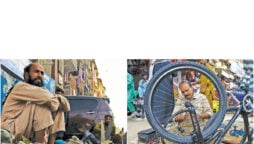

 Read the complete story text.
Read the complete story text. Listen to audio of the story.
Listen to audio of the story.